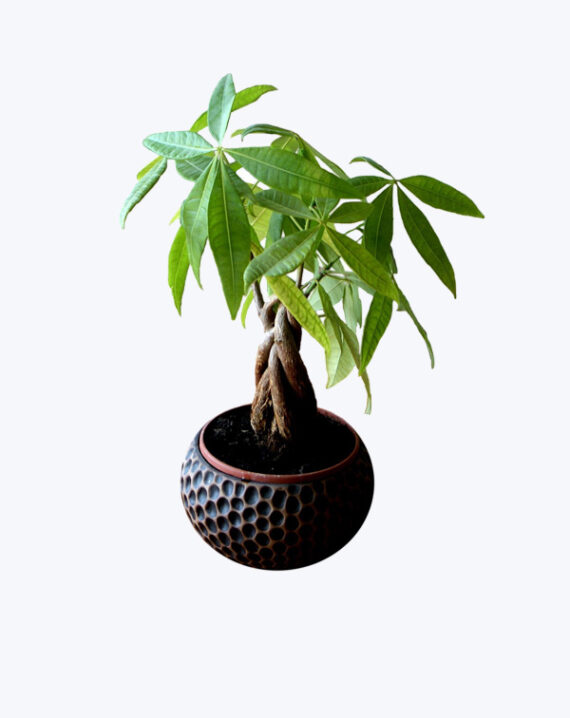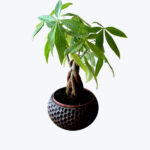Welcome to Beeplants
Size
Ultimate height
150
Ultimate spread
100 cm
Growing conditions
Well-drained soil
| Stem | Flower | Foliage | Fruit | |
| Spring | ||||
|---|---|---|---|---|
| Summer |

White / lilac
|

Green
|
||
| Autumn | ||||
| Winter |
Position
 Full sun
Full sun Partial Shade
Partial Shade
Botanical details
WildLife
nectar rich flowers attract bees
Additional information
self-seeding and ideal for wild areas
Suitable for containers
Yes
Drought tolerant
No
Clump-forming herbaceous perennial with pea-like white and lilac flowers that appear from mid summer. The plant tolerates poor soil and partial shade, but will grow more vigorously in full sun.
Related products
This lovely cottage garden plant has spikes of purple-eyed white flowers that shoot up from glossy dark evergreen foliage. Flowers emerge from early summer and bloom right the way until early autumn. This plant is a biennial, so avoid cutting back spent flowers to allow them to self-seed.
This clump-forming perennial with grey-green leaves bears small nodding red flowers from early summer that turn into extraordinary feathery seedheads. The foliage turns red in autumn which add interest later in the season. Geum Triflorum grows well in dry, free-draining soil and is drought-tolerant once established.
This herbaceous perennial grows up to 90cm tall and has very delicate blue cornflower-like flowers that grow continuously from early to late summer. The flowers grow on a long thin stem with neat grass-like leaves. For a better display, we recommend planting a minimum of three plants close together to make up for the sparse foliage.
This deciduous perennial can grow up to 1m tall and attracts butterflies, which is why it’s also called butterfly weed. Clusters of flat bright-orange flowers in midsummer are followed by long seedpods.
This evergreen perennial stands out because of it’s unusual look with its sturdy flower stems that are covered in whorls of pale yellow hooded flowers. After flowering these turn into architectural seedheads that give interest to your border in the bleak winter months and offer shelter for small insects.










Reviews
There are no reviews yet.